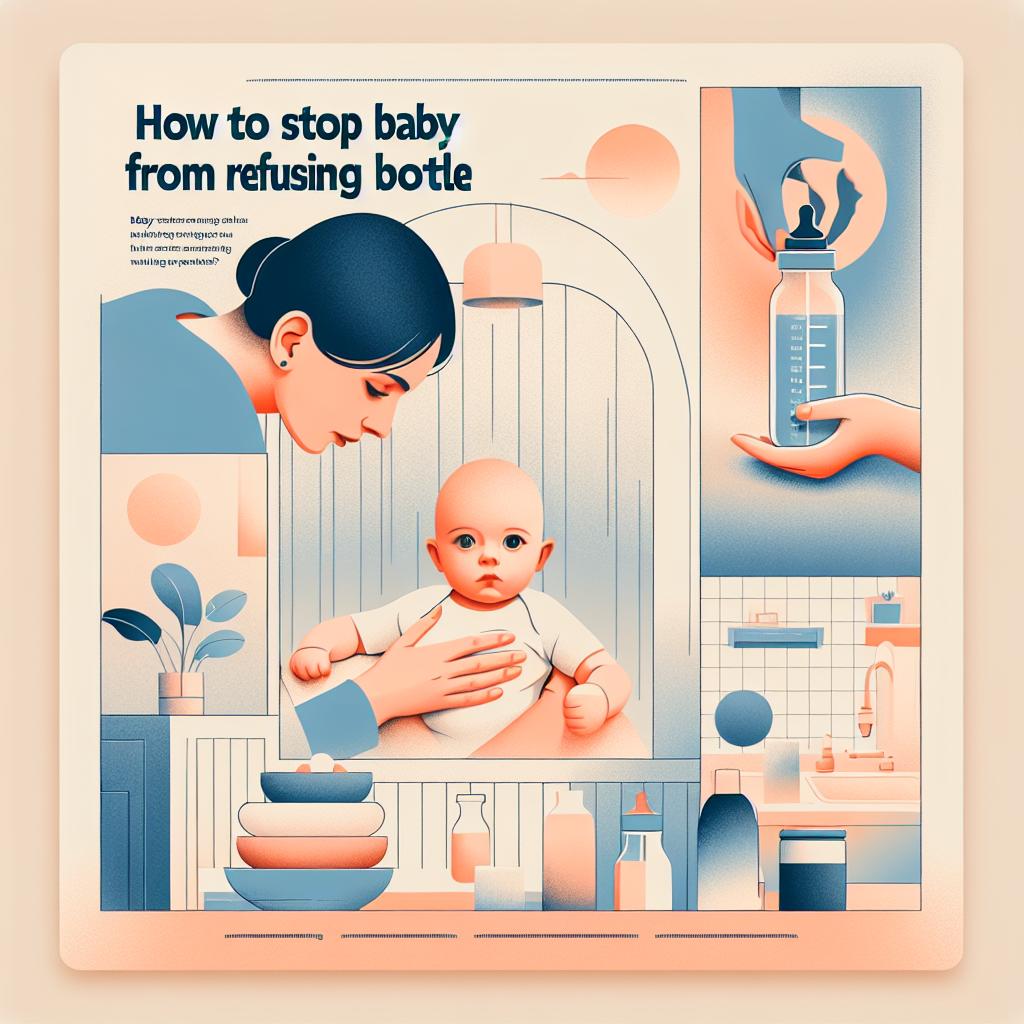Understanding the Importance of Safe Bottles for Breast Milk
When it comes to feeding your baby, using safe milk bottles is a paramount concern. This rings especially true for mothers using breast milk safe bottles. It’s not just about choosing a bottle that your baby will accept, but it’s also about ensuring the bottle is safe for storing and serving breast milk.
The Need for Safe Bottles for Breast Milk Storage
Proper storage of breast milk is crucial for maintaining its nutritional properties. Milk containers, however, can affect the quality of the milk if not chosen carefully. Certain materials may interact with the milk, triggering bacterial growth or affecting the milk’s nutrient content. Hence, choosing safe bottles for breast milk storage is essential.
Selecting the Right Milk Bottle
When shopping for safe milk bottles, the safest options are usually made of glass or BPA-free plastic. They should have airtight lids to prevent contamination and ensure the milk stays fresh. You may use a variety of bottle types for mixed feeding, but the safety of the milk should always remain your top priority.
Avoiding Bottle Feeding Difficulties
While the safety of the bottle is essential, your baby also needs to be comfortable using it. Babies can be fussy about bottle-feeding. However, with the right approach, you can overcome bottle-feeding difficulties. This includes:
- Ensuring the bottle and nipple are clean and safe
- Selecting a nipple that mimics the feel of the mother’s breast
- Introducing the bottle at the right time
Guidelines for Storing Breast Milk
Once you’ve selected the safe bottles breast milk approved, it’s time to learn about proper milk storage. Guidelines provided by the American Academy of Pediatrics include:
- Cooling freshly pumped milk before adding it to refrigerated or frozen milk
- Storing milk at the back of the refrigerator or freezer where temperatures are consistently cool
- Labeling each container with the date, so you know when the milk was pumped
Preventing Bacterial Growth in Milk Bottles
Breast milk can be contaminated by bacteria present on improperly cleaned bottles or in water used to mix powdered formula. Proper cleaning and sterilizing of your safe milk bottles are needed to prevent this. Guidelines on safe food handling for babies should be followed rigorously.
Signs Your Baby is Ready for the Bottle
Now that you’ve ensured the safety of the bottles and milk, it’s time to watch for signs your baby is ready for the bottle. These signs may include opening the mouth wide when the bottle nipple touches the baby’s lips, or the baby making sucking motions with their mouth.
The Importance of BPA-free Safe Milk Bottles
One primary concern when selecting safe milk bottles comes down to the bottle’s material composition. The safest options are glass or BPA-free plastic. BPA, or bisphenol A, is a chemical that can leach into breast milk from plastic bottles, posing potential health risks to the baby. For this reason, safe bottles for breast milk must be BPA-free. Always check the product label for assurance.
Thorough Cleaning of Milk Bottles
The cleanliness of the milk bottle is another critical factor. Properly cleaning and sterilizing your milk bottles will prevent bacterial growth that could contaminate the breast milk. Proper handling and storage of breast milk are vital to maintain its quality and safety.
Milk Bottle Design for Comfortable Feeding
Notwithstanding the safety of the bottle, your baby should also find it comfortable to use. Various bottle designs mimic the feel of a mother’s breast to ensure a smoother transition from breastfeeding to bottle-feeding.
Bottle teat material and shape influence the baby’s acceptance of the bottle. Choosing one that suits your baby’s preference can combat potential feeding struggles.
Preserving the Nutritional Quality of Breast Milk
Milk containers can impact the nutrient content of the milk if not picked appropriately. Certain materials may interact with the milk, resulting in the milk’s diminished nutritional quality. Hence, safe bottles for breast milk collection are as essential as safe feeding bottles.
Understanding the Lifespan of Stored Breast Milk
Breast milk can be stored in a refrigerator for up to four days or in a freezer for up to 12 months. However, for optimal nutritional value, it’s best to use the frozen milk within six months. Expressing breast milk and storing it properly ensures your baby always has access to nutritious milk, which is especially important if you have to be away from your little one for an extended period.
Safe Handling of Milk Bottles
While handling milk bottles, ensure your hands are clean to prevent introducing bacteria to the bottle or milk. If you’re using formula, use safe, clean water to mix it. Following bottle-feeding advice can facilitate better feeding practices for the health and safety of your baby.
The Role of Milk Bottle Safety
In conclusion, recognizing the significance of safe bottles for breast milk contributes to protecting your baby’s health. It’s your responsibility to select the correct products, ensure proper cleaning, and adhere to safe storage practices. Ultimately, the paramount goal is to protect and nurture your child’s growth and development with nutritious breast milk.






